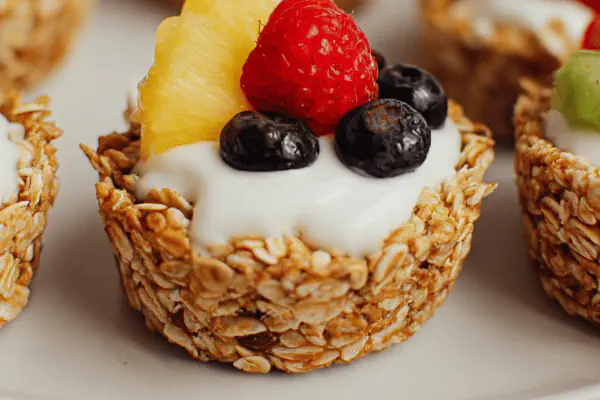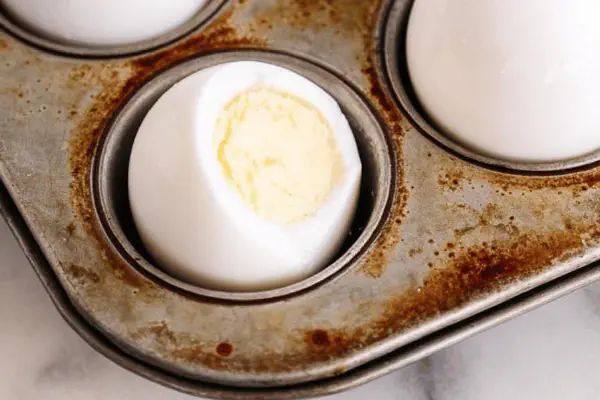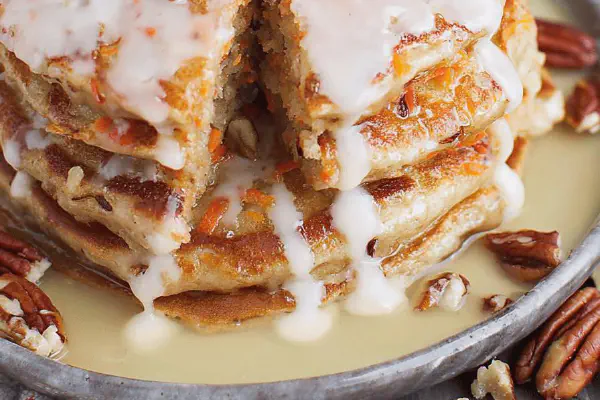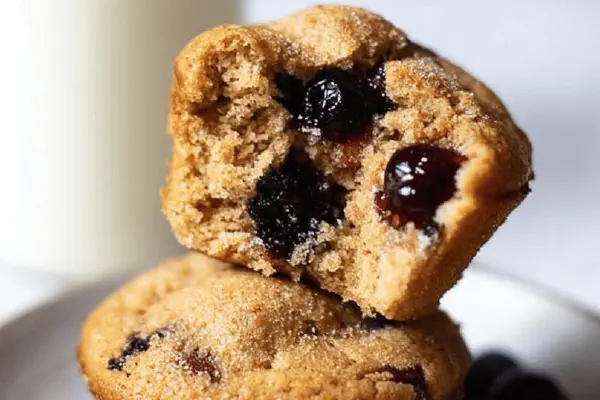Oven-Baked Sheet Eggs
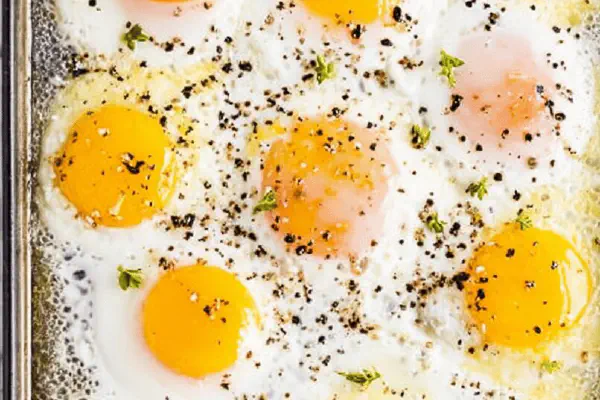
E
By Emma
Certified Culinary Professional
•
Recipe tested & approved
Eggs cracked directly on a sprayed sheet pan then baked at a moderate heat. Whites firm up while yolks vary from runny to slightly set depending on timed baking. Simple seasoning with salt and pepper. Easy batch cooking for breakfast or sandwiches. Nutrition moderate in protein and cholesterol typical of eggs. Suitable for quick, hands-off preparation with minimal cleanup.
Prep:
6 min
Cook:
11 min
Total:
17 min
Servings:
12 servings
#breakfast
#eggs
#sheet pan
#batch cooking
#American cuisine
Ever tried cracking a dozen eggs directly onto a sheet pan? Sounds odd but trust me, it’s a game changer for batch breakfast. No juggling dozens of pans or mess. I learned the delicate balance between ‘runny’ yolks versus fully cooked whites, and that timing shift makes all the difference. Oven heat rather than stove fires delivers these matte, tender whites that are hard to replicate in a skillet. The faint sizzle and eggs puffing ever so slightly tell you when they’re ready. Salt early, pepper late, a personal tweak. Tried alternatives – coconut oil spray, parchment lining – each nudged the texture slightly or added cleaning steps. Watching whites turn opaque then firm while yolks glow golden is oddly satisfying. True test? Getting them off the pan smoothly for toast topping without breaking the yolks. Skin of baking, technique, timing – all dancing together.
Ingredients
- Non-stick cooking spray or oil alternative
- 12 large eggs
- Salt to taste
- Black pepper to taste
About the ingredients
Use what’s on hand—spray oils work but lightly brushing vegetable or olive oil can add subtle flavor and still prevent sticking. Avoid heavy oils that smoke under moderate heat. Fresh eggs give cleaner round whites that bake evenly and don’t spread or run. If older eggs must, prepare for slightly longer bake and softer whites. Season early with salt right after cracking; salt tightens proteins allowing whites to firm up better. Pepper is best fresh cracked, adding aroma. Can swap black pepper for smoked paprika for a smoky twist or chili flakes to kick heat. Skipping spray risks stuck eggs, nightmare for cleanup and presentation. If you only have a smaller pan, reduce egg count proportionally, spacing them widely for the same effect.
Method
- Preheat oven to 345°F. Warmer than usual but not too hot or eggs toughen.
- Generously spray sheet pan with non-stick spray or lightly oil with vegetable oil to avoid sticking and ease cleanup. Can use parchment but may alter crisp edges.
- Carefully crack eggs onto pan spaced apart. Too close and whites merge, messing timing and texture. I use a scooping motion to avoid shell bits.
- Season eggs with salt and cracked black pepper now. Seasoning early penetrates better.
- Bake 6-7 minutes for very runny yolk with set whites. Listen for slight sizzle, edges puff a little. The whites go from clear to firm—all fragile though.
- For yolks slightly thick but not hard—great for breakfast sandwiches—go 9-10 minutes. Yolk surface dulls, some jiggle remains, whites fully solid.
- If you overshoot, yolks firm up and edges brown slightly. Still edible but missing that silky center texture.
- Remove pan carefully—eggs hot, whites fragile and can break if nudged too early.
- Cool a couple minutes if eating now or slide eggs off with thin spatula, using a gentle scraping action to keep yolks intact.
- To reheat, use low oven or microwave in short bursts to avoid toughness.
- Use fresh eggs; older eggs spread more and can create watery whites, affecting bake time and texture.
Cooking tips
Timing is a guide; use sensory cues. Whites start translucent, then puff and dull to white, signaling firming. Listen closely for gentle oven hiss—sign of water evaporating and eggs cooking steadily. If whites jiggle under finger but no raw liquid remains, they’re done enough. Yolk consistency is personal; a glossy hardened center means overbaked, matte and jiggle is ideal for soft yolks. Moving eggs too early risks tearing delicate whites and yolks. Use a thin offset spatula; scoop with a rocking motion. For batch prep, better to check a sample egg rather than opening oven repeatedly. Resist the urge to raise temperature for speed—quick heat toughens eggs unevenly. Let off heat gradually if finishing all eggs at once. If baking leftovers, low reheating preserves tender textures, no blast microwaves unless scrambled later.
Chef's notes
- 💡 Spray sheet pan well or lightly oil it. Avoid too heavy oils smoke under 345 degrees. Fresh eggs hold shape better, whites round nicely, older eggs spread and thin out. Season early with salt right after cracking, salt tightens whites protein; pepper later adds aroma but won’t toughen.
- 💡 Spacing eggs apart matters. Too close whites merge, mess timing and texture. Use scooping crack motion, avoid shell bits falling in. Parchment can alter crisp edges, add cleanup steps, but works if you want less sticking. Thin spatula helps slide eggs intact; hips and jaws in one fluid motion.
- 💡 Listen for soft hiss like evaporation starting. Whites go from clear to firm, fragile stage lasts seconds. Yolk changes subtle: shiny means raw inside, matte with jiggle means best soft to set, dull and solid means firm or over baked. Oven temp steady; no blast heat or eggs get rubbery quick.
- 💡 Bake times vary: 6-7 min yield runny yolks, whites firm. 9-10 min yolks more set, whites solid. Brown edges signal overbake but still edible. Cooling brief few mins helps handle eggs without breaking whites. Reheat low and slow, microwave risks toughness fast unless scrambled after.
- 💡 If using smaller pan scale eggs down keep spacing loose. Alternatives for spray: vegetable oil, olive oil brushed lightly add subtle flavors. Skipping spray means stuck eggs nightmare. Salt season early to firm whites better but pepper or smoked paprika neat twist when added later.
Common questions
How to know when eggs are done?
Whites go opaque firm, edges puff slightly. Listen for that gentle sizzle sound, no raw liquid under finger. Yolk jiggle means soft set; glossy means undercooked, dull means over baked or firm.
Can I use parchment paper?
Yeah, it stops sticking but edges won’t crisp same. Adds cleanup layer, don’t expect same texture. Oil spray works fine if you’re careful with heat and pan prep.
Eggs stuck to pan, how to fix?
Use plenty of spray or oil beforehand. Thin offset spatula helps scrape gently under whites. Cool eggs a few minutes before removing helps firm up and avoid tearing.
How to store leftovers?
Refrigerate in airtight container few days. Reheat gently in low oven or short microwave bursts. Don’t blast heat or eggs turn rubbery tough. Can scramble leftover for another use.
